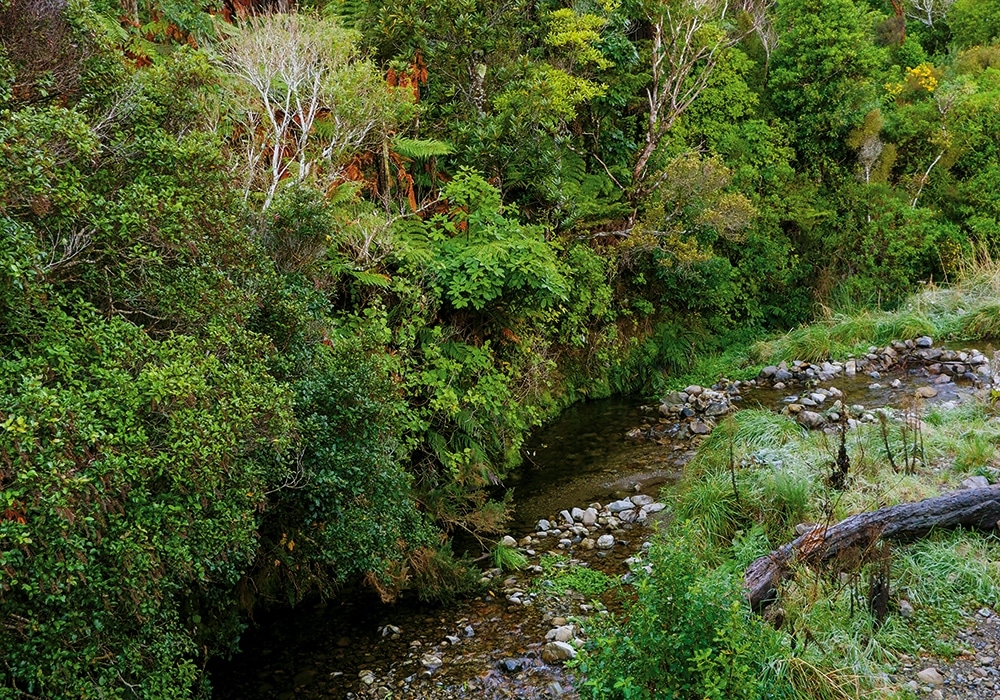Viv Haldane explores a popular forest park near Wellington.
You can leave Wellington’s busy central business district and 45 minutes later, be in the peace and quiet of the Remutaka Forest Park. To reach it, you pass through Wainuiomata, a hill-enclosed town with a population of 16,000.
I thought driving over the Wainuiomata Hill Road would be a mission, but it’s a wide expressway just a short drive from the seaside suburb of Petone. On the return journey, don’t forget to stop at the scenic lookout area to get an exhilarating view (especially on a windy day) over Wellington and the Hutt Valley.
Here are some trivia about Wainuiomata to amuse you:
- The place was once dubbed ‘Nappy Valley’ because affordable housing during the 1950s attracted many young families.
- In 2009, a Palmerston North motelier banned all residents from Wainuiomata after experiencing rowdy behaviour from sports and school teams. The former Labour MP for Lower Hutt, Trevor Mallard (who was born in Wainuiomata), was even refused a stay, and I’m sure he wouldn’t have kicked up a din.
- Ex-All Blacks Tana Umaga and Piri Weepu were raised in ‘Wainui’, as it’s often called.
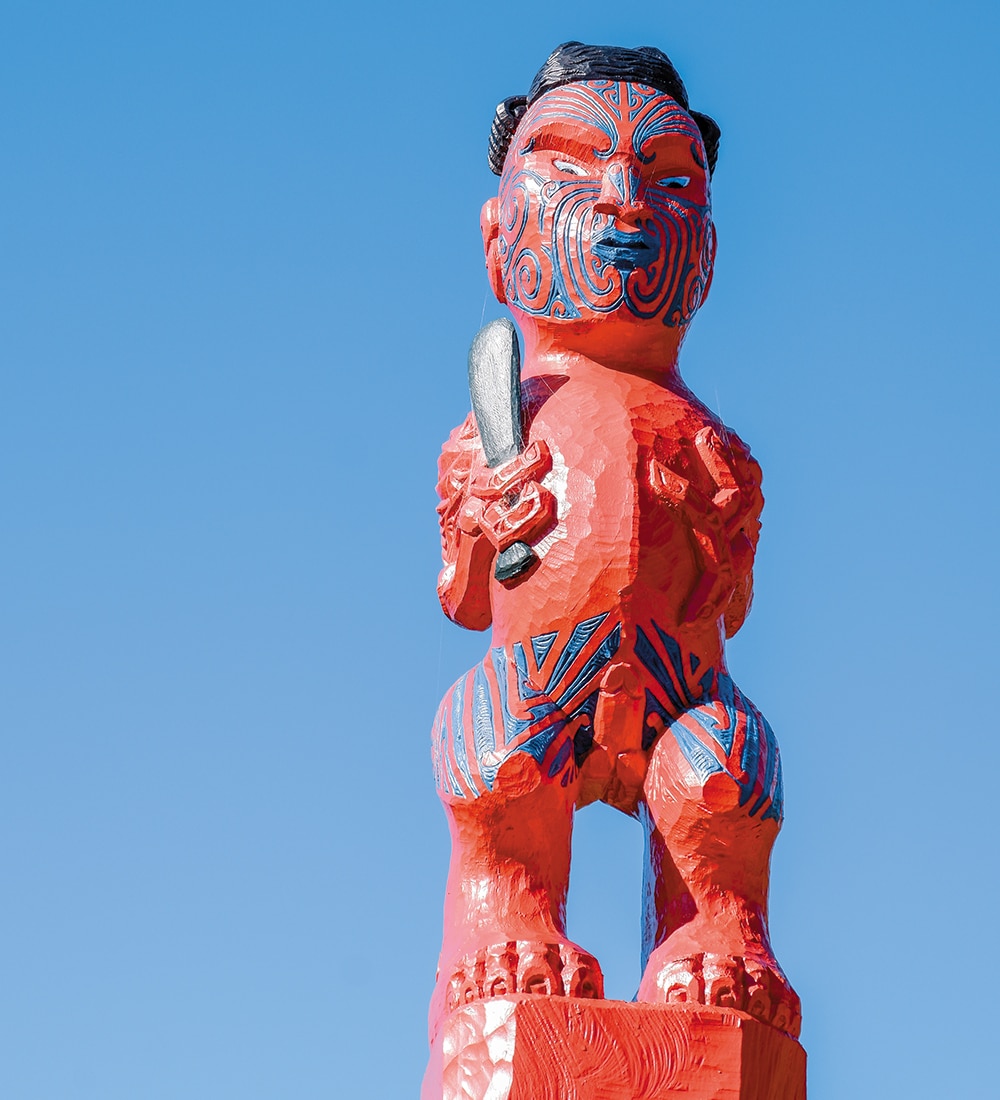
The Catchpool Valley
Remutaka Forest Park is managed by the Department of Conservation (DOC). It’s just 12km south of Wainuiomata, and Catchpool Valley is the most popular entrance to the park.
It was still autumn, but we noticed frost on the ground as we drove into the spacious carpark. Brrrr, it was a chilly start along the Catchpool Loop Walk, but we soon warmed up. We were keen to get into the sunlight via a bridge across the river. This short walk is just a taster of the many trails that thread through the valley. All are well signed, and no matter what your fitness level, you’ll find a walk to suit your ability.
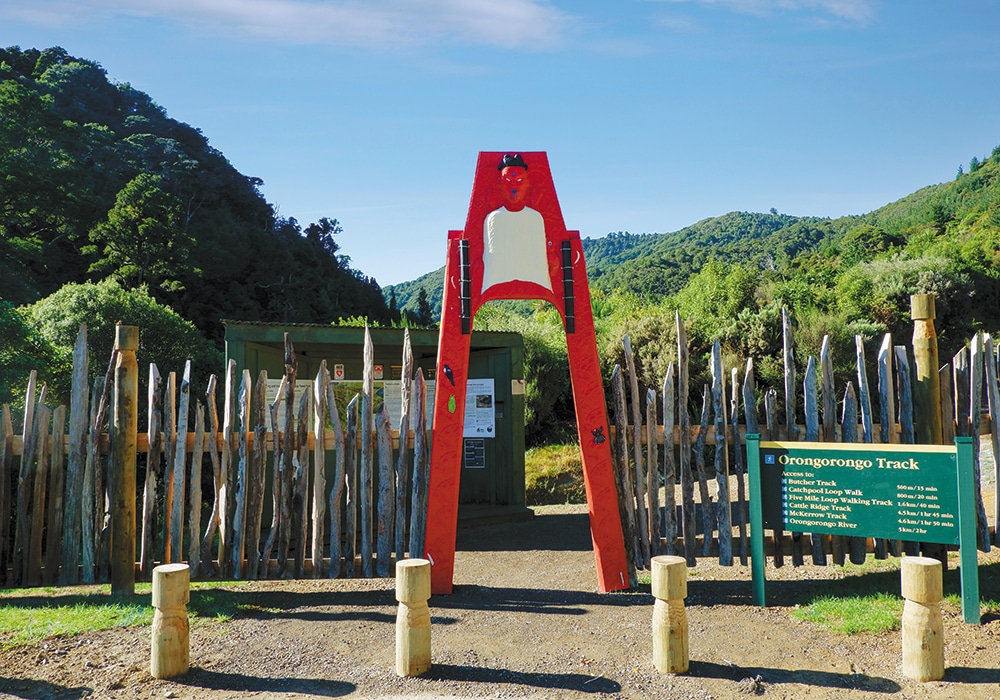
Orongorongo Track: One family’s story
Last summer, some family friends took their children aged 12, 5 and 4 on an overnight tramp up the Orongorongo Track to Jan’s Hut. One of the mothers, Tamsin, described the trip.
“Taking into account little legs, ample snack breaks, and one fairly shallow river crossing, they did the 5.2km, two-hour walk in just under three hours. The kids enjoyed playing in a bush bivouac built by a previous camper and building dams in the Orongorongo riverbed. In addition, they were fascinated by Kelli Gerritsen, the DOC ranger they had met on an earlier tramp to Turere Hut. Kelli spends summer moving up and down the valley, checking on the six DOC huts, refilling gas bottles and assisting trampers with cleaning, maintenance, and making the most of their trip. So, when she showed up at Jan’s Hut with a 9kg gas bottle strapped into her pack, the kids were convinced she was some kind of trail fairy who must have flown up from the riverbed!”

Campsite and activities
There are numerous facilities in this well laid-out park. Catchpool campsite has a kitchen, free gas barbecues and showers with hot water. There’s a shelter with plenty of information about walks, Māori and European history of the area, and the wildlife and restoration programme. There’s a dog exercise area – because of the risk to wildlife, all dogs must be kept on leads when not in this area.
Visitors can go horse-riding and mountain biking on the old logging trails; several lawns are set aside, especially for outdoor games. Popular swimming places are Kereru Corner, near the campground, and on the Five Mile Loop.
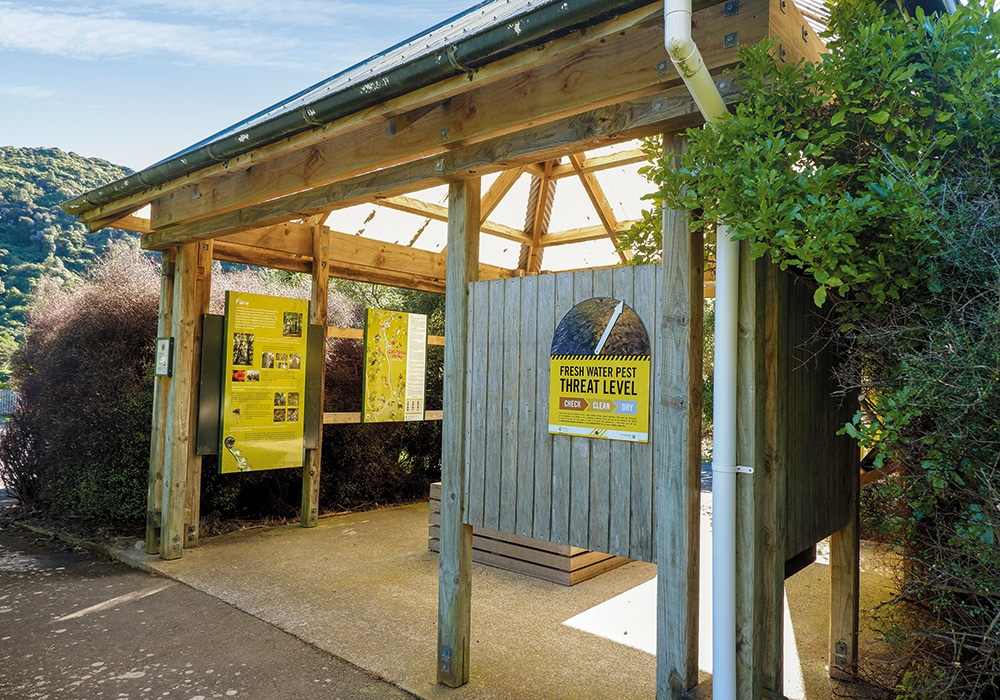
The Remutaka Conservation Trust
Even though DOC manages the 22,500-hectare reserve, additional community effort goes into making the park the fantastic destination that it is. The Remutaka Conservation Trust (RCT) is a non-profit group of volunteers and members whose work helps with the protection and restoration of the landscape and native wildlife. The RCT has been going since 1988, with volunteers of all ages offering multiple skills. There’s always much to be done, whether planting native trees, removing pest plants, or carrying out nursery work. The RCT Kiwi Project is now in its 16th year, and has done much to protect and increase the population of our treasured, national namesake.
An innovation we enjoyed, created by an RCT member, was a hand-cranked bird-call player. Press a button, and you can hear the call of the tūi, riro riro or bellbird. It’s a most helpful device when listening to the birds in the bush and trying to work out their identity. After our walk, we had a bite to eat at one of the many picnic tables dotted around the park.
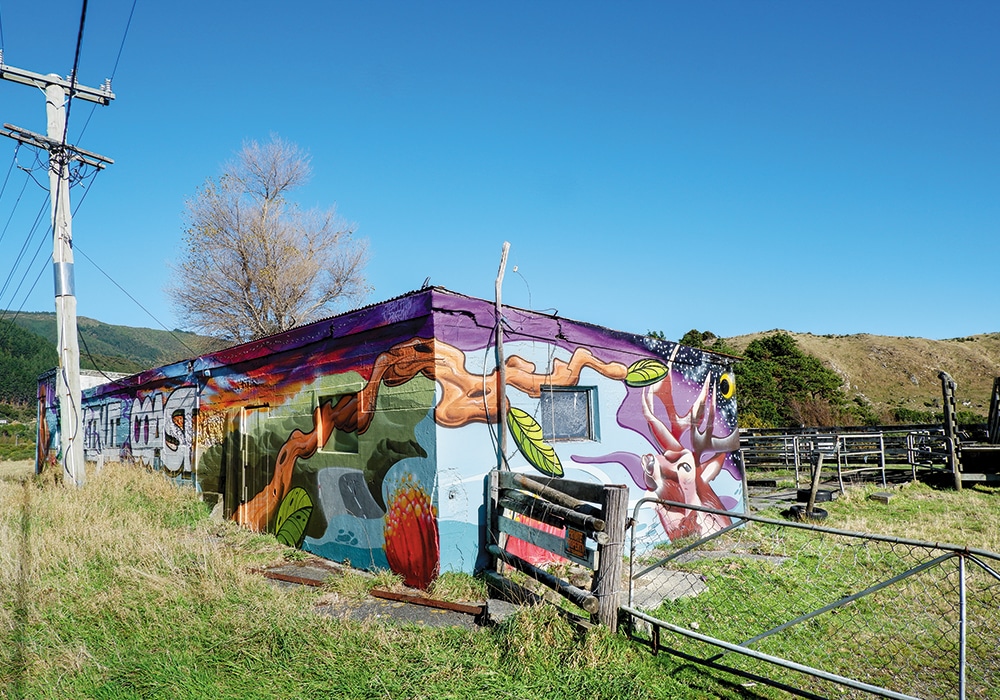
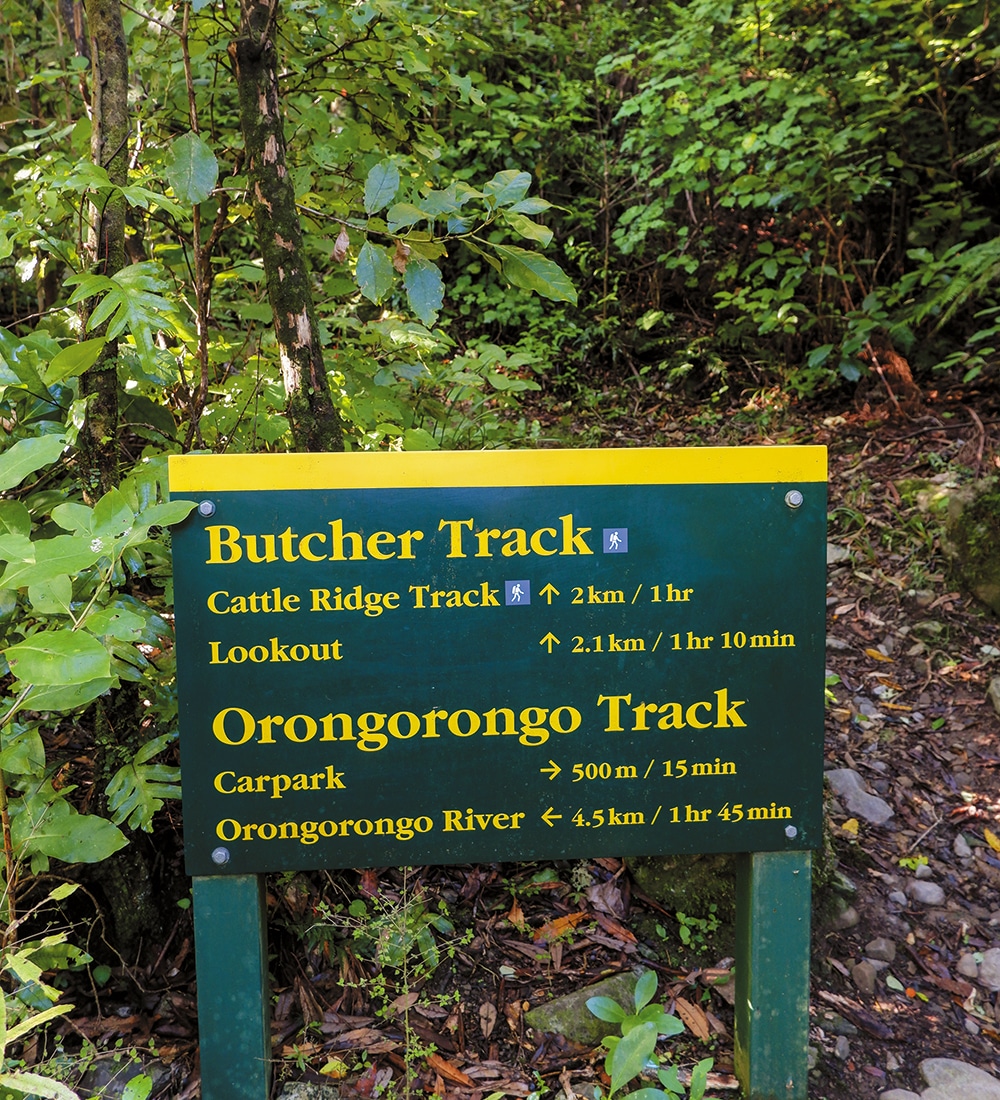
Exploring the coast
Leaving the park, we drove to the coast to venture further. Across Cook Strait, the South Island and snowy mountaintops of the Inland Kaikōura Range are visible. A fishing boat drifted on the calm waters; several people were scrambling along the rocky shoreline; two hikers with sturdy walking shoes and backpacks set off resolutely in the direction of Baring Head (Ōrua-Pouanui).
The walk to the Baring Head Lighthouse, built in 1935, is a three-hour return trip on a well-marked track. It’s suitable for mountain bikes too. During World War II, the government used the lighthouse area for military purposes, with an observation post and signal station.
The Turakirae Scenic Reserve is nearby and is the southernmost point of the Remutaka Cycle Trail. The reserve is also the site of the Wellington region’s largest fur seal colony.
While we parked to admire the view, a resident duck came waddling up to see if we had any food left over. He was a fat and happy fellow, and we obliged by giving him the last of our lunch scraps. On our drive back to Wainui, I spotted a stock shed covered in a vibrantly painted mural – it certainly brightened up this corner of the countryside. I couldn’t resist getting out to take one last photo.
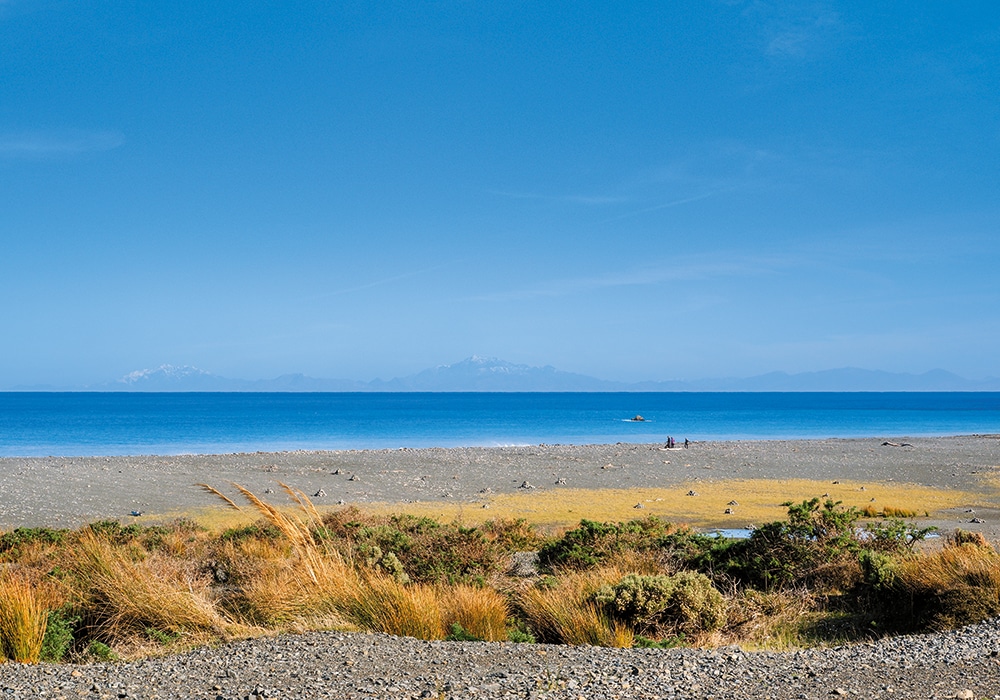
More Information
A cell phone tower will soon be installed in Catchpool Valley.
This is good news, in terms of health and safety, for the 100,000 annual visitors and those who work in the park. Cell phone connectivity will also allow researchers to take advantage of new trap and field monitoring systems.
Catchpool Valley Campsite
Bookings required. You can use the DOC/NZMCA Campsite Pass at this site.

